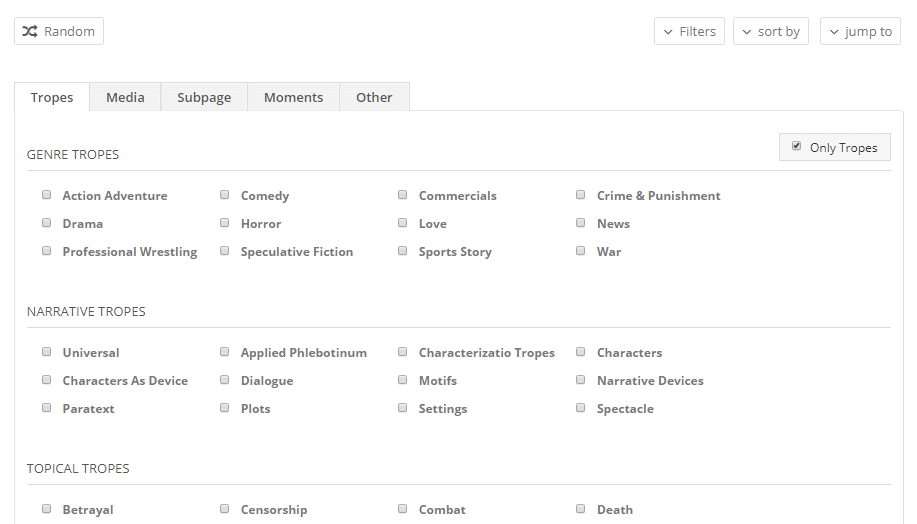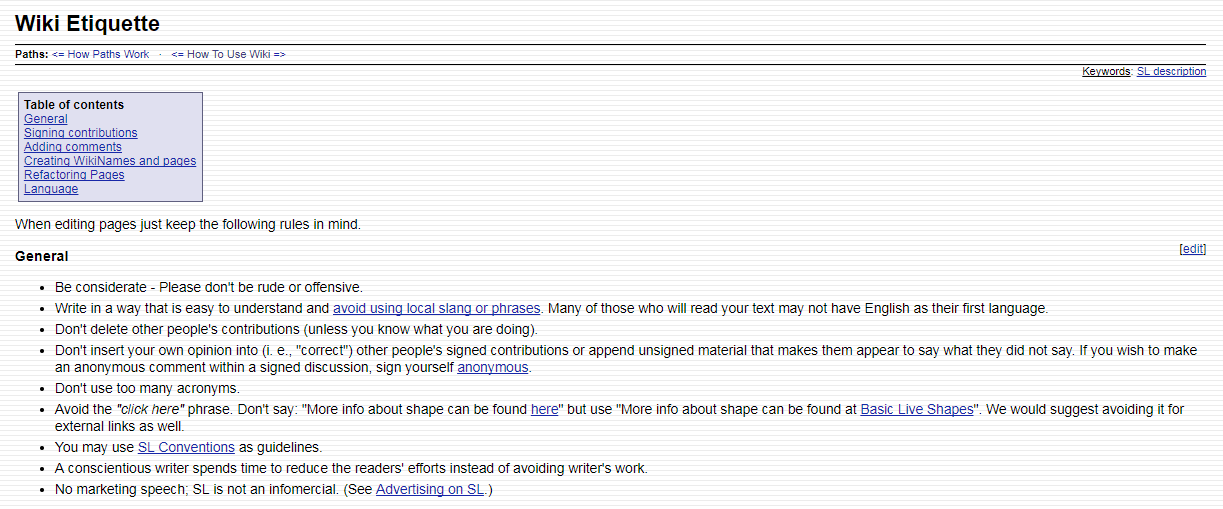How To Create A Blog Or Wiki
Themeisle content is free. When you purchase through referral links on our site, we earn a commission. Learn More
Wikis are handy for collecting and sharing information, so it's no surprise that the internet is full of them. There's a good chance that you use wikis, or at least regularly stumble across them in search results. This may have prompted you to wonder if you can create a wiki on WordPress and of your own.
While WordPress wasn't designed with wikis in mind, WordPress' power and flexibility makes adapting it to the format a simple process. With the right tools and a little effort, you can build a wiki for your business or community, then tweak it until it's perfect.
Below, we'll talk about the benefits of creating a wiki and what elements a good wiki should contain. Then, we'll show you how to get started. Let's take a look!
The benefits of creating a wiki
A wiki is a website designed for collecting and sharing information. It's also a collaborative platform, where multiple authors can make changes to a site. The most obvious example is Wikipedia, but there are thousands of other wikis serving a wide variety of purposes.
Like Wikipedia, a wiki can be a general repository of knowledge. More often, however, they house information about a specific topic or niche. For example, fan communities frequently create wikis as databases about a particular work of fiction or franchise. Wikis can also serve an internal function, such as when a company creates one for its employees.
In short, a wiki is a flexible type of site that can be beneficial in many ways. Like a knowledge base, wikis present an excellent way to centralize information, crowdsource knowledge, and enable people to easily collaborate. Plus, wikis are perfect for creating a sense of community and engagement.
The essential elements of a wiki website
Wikis tend to have a particular type of structure and contain some specific elements. If you're thinking about building your own wiki, you'll want to strongly consider incorporating these features:
- A strong organizational structure, with a hierarchy that includes topics and sub-topics.
- Clear navigation, largely provided through internal links in articles.
- Editing features that users can access to make their own changes.
- Tools and spaces for people to communicate and collaborate.
- A user authentication or login system.
This may seem like a lot. However, there are tools that make it easy to create a wiki with these elements. Let's discuss how to get started.
How to create a wiki using WordPress (in 3 steps)
The first thing you'll want to do is create a WordPress site to house your wiki. You can adapt an existing site, but we recommend starting with a blank slate so you can set up a strong structure.
Of course, this means you'll need to set up your new WordPress site on a hosting service, so your wiki will be publicly accessible. There are plenty of excellent web hosts to pick from, and the choice is up to you. After you've signed up for a hosting plan and have your website installed, you'll be ready to get to work!
Step 1: Choose a wiki plugin or theme
By default, WordPress isn't set up to work well as a wiki. However, you can fix that problem quickly using either a wiki theme or plugin. Either one can get your site set up with the proper structure and tools to create a wiki, but it's important to keep in mind that themes and plugins come with their own pros and cons.
A plugin is a less intrusive option that works particularly well if you want your wiki to only be a part of your website or if you're trying to adapt an existing site. Plus, it enables you to use any theme.
On the other hand, a dedicated wiki theme is the easiest way to structure your whole site as a wiki and to make sure it has the right look.
Either way, there are lots of options for wiki themes and wiki plugins. Three good tools to get you started are:
- MyWiki – a free, but basic wiki theme.
- BuddyPress Docs – a free plugin that helps add wiki functionality to the BuddyPress plugin (a free plugin which helps you create a social network. By using BuddyPress, you're able to give each wiki author a unique profile and enable collaboration).
- Yada Wiki – a basic free wiki plugin.
Step 2: Set up a clear organizational structure
Most wikis house a lot of content. Therefore, you'll need to put a clear organizational structure in place from the beginning. If you let users try to organize content as they upload it, you're likely to end up with a confusing mess.
Instead, we suggest setting up a system of categories and subcategories when building your wiki:

WordPress' built-in category system makes this quite easy. Plus, your chosen wiki plugin or theme may come with more customization options. If it doesn't, you can always install an additional tool such as Real Categories Management.
The important thing is to come up with a list of topics for displaying content, preferably in collaboration with others using the wiki. Try to stick with a small number of high-level topics that can be featured in the main navigation section, supplemented with more specific sub-topics. You'll probably still need to add new categories over time, but this method simplifies organization.
Step 3: Create and post rules for your community
Finally, it's a good idea to consider how other people will use your wiki. If there will only be a few approved users, you have less to be concerned about. However, most wikis are open to the general public. This means you have to worry about people making poor-quality or even malicious changes, as well as inconsistency in the way content is created and edited.
To minimize these risks, you'll want to create a system of rules and guidelines for your wiki's community. Lay out in clear terms what style you're looking for, what type of content is and is not acceptable, and what process (if any) needs to be followed when making changes. You'll also want to consider what kinds of behavior and language are prohibited:

For inspiration, check out Wikipedia's policies and guidelines and its rules for editors. Once you have clear rules laid out, you'll need to include them in a prominent place on your wiki itself. Then, you can invite people to start adding content!
Conclusion
One of the best things about the internet is how it enables collaboration and the sharing of knowledge. Wikis have emerged as a simple but effective tool for doing both of these things. By creating a wiki for your business or community, you can centralize information and promote engagement at the same time.
While WordPress isn't a dedicated wiki platform, it works remarkably well if you want to create a wiki. These three steps will get you started:
- Choose a wiki plugin or theme.
- Set up a clear organizational structure.
- Create and post rules for your community.
Do you have any questions about how to create a wiki with WordPress? Ask away in the comments section below!
Free guide
5 Essential Tips to Speed Up
Your WordPress Site
Reduce your loading time by even 50-80%
just by following simple tips.
Download free guide
How To Create A Blog Or Wiki
Source: https://themeisle.com/blog/create-a-wiki-using-wordpress/
Posted by: halpinhounch39.blogspot.com

0 Response to "How To Create A Blog Or Wiki"
Post a Comment